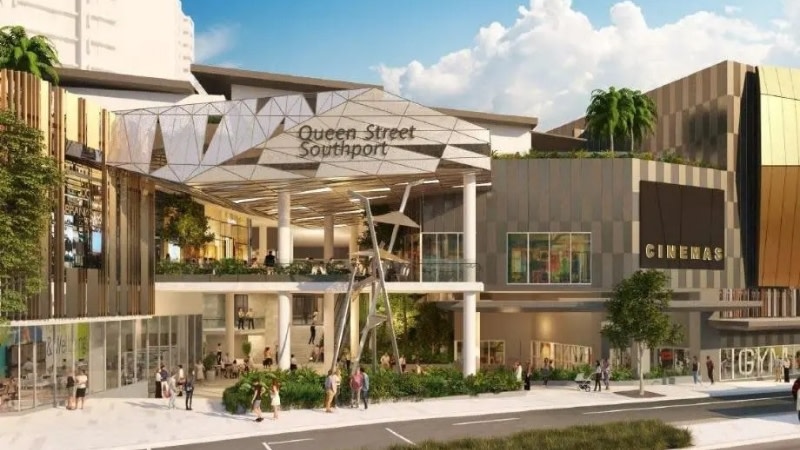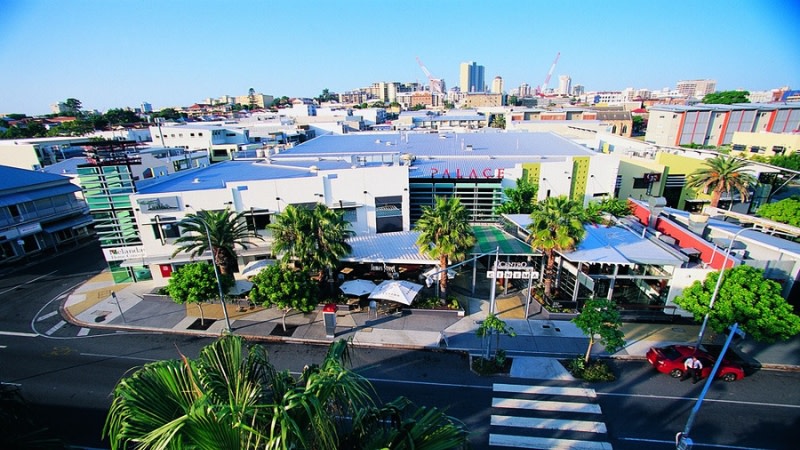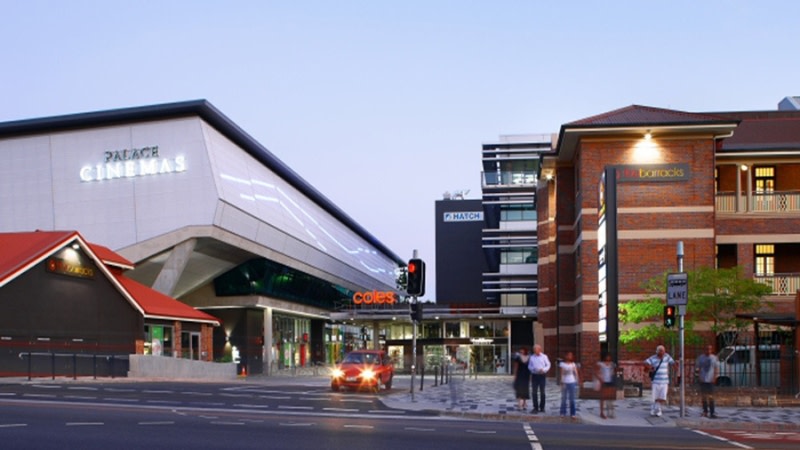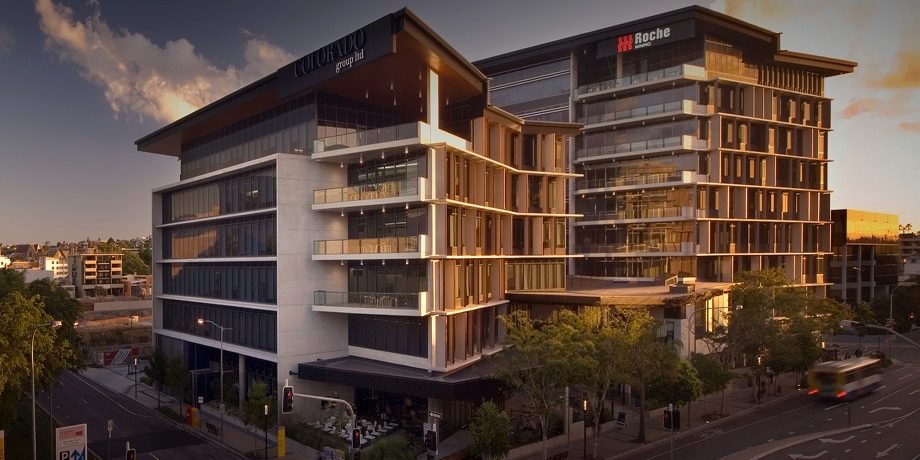Brisbane-based Property Solutions Holdings and associated companies are being liquidated as another high-profile property player is laid low.
Property Solutions, which was behind a number of landmark developments in south-east Queensland including The Barracks at Petrie Terrace, and Centro on James Street, Fortitude Valley, entered voluntary liquidation on May 4.
The liquidation of the companies will be handled by Vincents Accountants director of insolvency and reconstruction Nick Combis.
Property Solutions and its companies reportedly owe the ATO $2.4 million.
The company was established in 1990 and, according to its website, was responsible for more than 150 projects since then.
Other successful developments for the company included Citygate Homemaker Centre in Fortitude Valley; SW1, a $350-million mixed-use commercial and retail development on Melbourne Street, South Brisbane; and the urban redevelopment of Nundah Village.
More recently it has focussed on the development of industrial estates in the Yatala Enterprise Area, halfway between Brisbane and the Gold Coast.
The company also had interests in property management and investment, and asset and funds management.

However, the planned $500-million Queen Street Village in the Southport CBD on the Gold Coast being developed by Property Solutions’ Nerang Street Pty Ltd failed in September last year.
It was reported at the time that Nerang Street Pty Ltd went under owing creditors—including two of Queensland’s biggest builders—more than $80 million.
According to a report to creditors lodged with ASIC by Robson Cotter insolvency Group, the company had succumbed to “a change in property market valuations, inability to meet funding arrangements and prior to that the general impact of the … pandemic”.
Among the $40-million-plus in unsecured creditors of the company was Brisbane building firm Tomkins, which was owed $16.2m.
Secured creditors owed a total of $43 million include Hutchinson Builders, one of Australia’s largest private builders, which was owed $22 million.
Nerang Street Pty Ltd’s directors were David Blanck and Alex Crooke, the managing director and financial controller respectively of Property Solutions.
Blanck’s riverfront Brisbane home was last month put up for auction by Hutchinson Builders under its role in the failed Queen Street venture.
The Queen Street Village masterplan was spruiked as a multi-million-dollar mixed-use lifestyle development.

Its prime 3.2ha triangular site—formerly the Gold Coast Hospital, which closed in 2013 and was demolished—is bounded by Queen, Nerang and Little High streets.
Nerang Street Pty Ltd initially owned all nine lots of the project, which was approved in 2018, but offloaded five of the parcels.
The first stage of the redevelopment opened in August last year after months of delays due to wet weather, Covid, and building material and labour shortages.
Meanwhile, earlier this week, the Melbourne-based construction company Interface Constructions Victoria Pty Ltd which specialised in schools and government buildings filed for insolvency.
And on Wednesday, The Urban Developer reported that Amalgamated Property Group has taken over construction of its Gold Coast site from GCB Construction.
The Canberra-based developer said it had appointed GCB in April for its $160-million Amaya at Broadbeach residential development alongside project partner Base Developments.

Amalgamated said it had made the decision “to return to the Gold Coast as the Construction Manager on all projects moving forward”.
With no real end to the construction crisis on the horizon, conditions have rarely been tougher for the industry.
Big players to fail in recent times include Victoria’s Mahercorp, with 700 home builds under a cloud after the home builder went into voluntary administration late last month.
Earlier in April, the collapse of one of Australia’s biggest builders, liquidation-administration-collapse” data-mce-href=”https://www.theurbandeveloper.com/articles/porter-davis-homes-lloyd-group-liquidation-administration-collapse”>Porter Davis, also left a trail of unfinished homes in its wake.
And data also released last month indicated insolvencies in the sector are trending to surpass 2000 for the 12 months to the end of June—the highest in more than a decade.
“I’d say that the vast majority of builders and construction businesses in Australia are probably borderline insolvent—technically, that is,” Building Industry Credit Bureau chief executive Wayne Clark, told The Urban Developer’s Phil Bartsch.
According to the ABS, the value of total building work done fell 1.1 per cent to $30.7b in the December quarter, in seasonally adjusted terms, driven by non-residential building work done, which fell 3.3 per cent.
liquidation“>Source link

